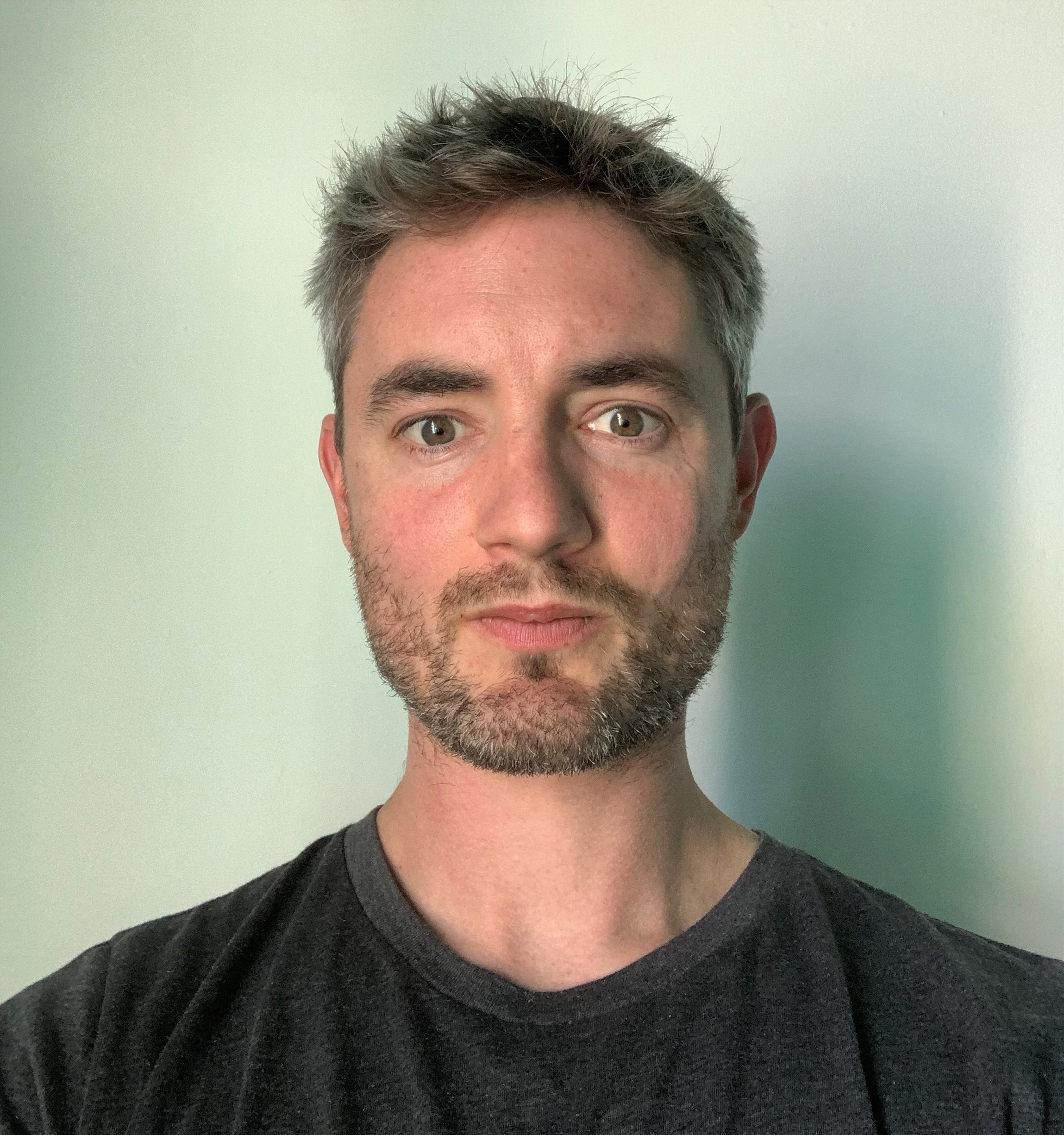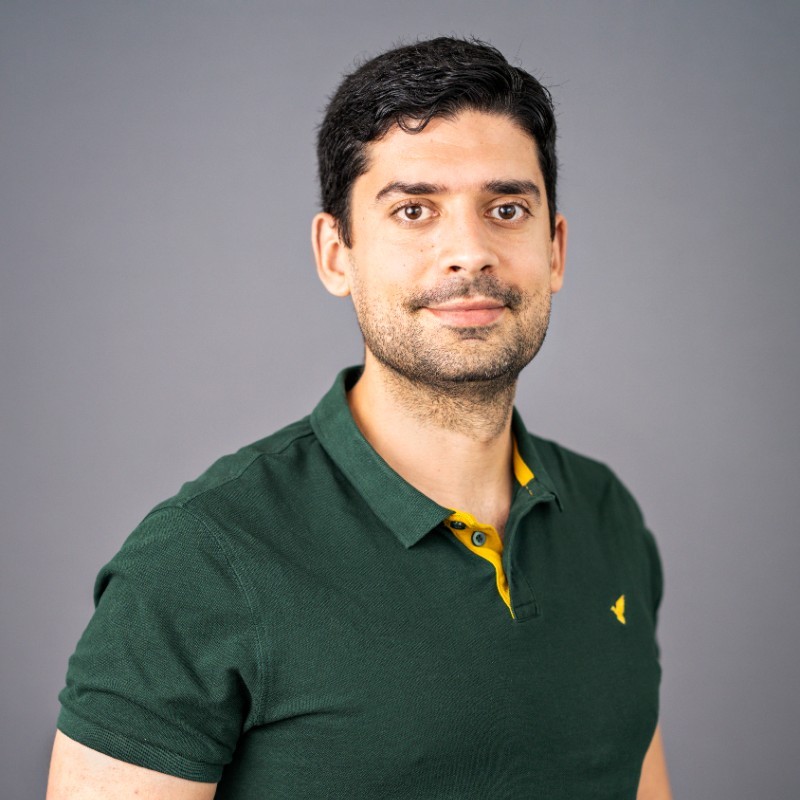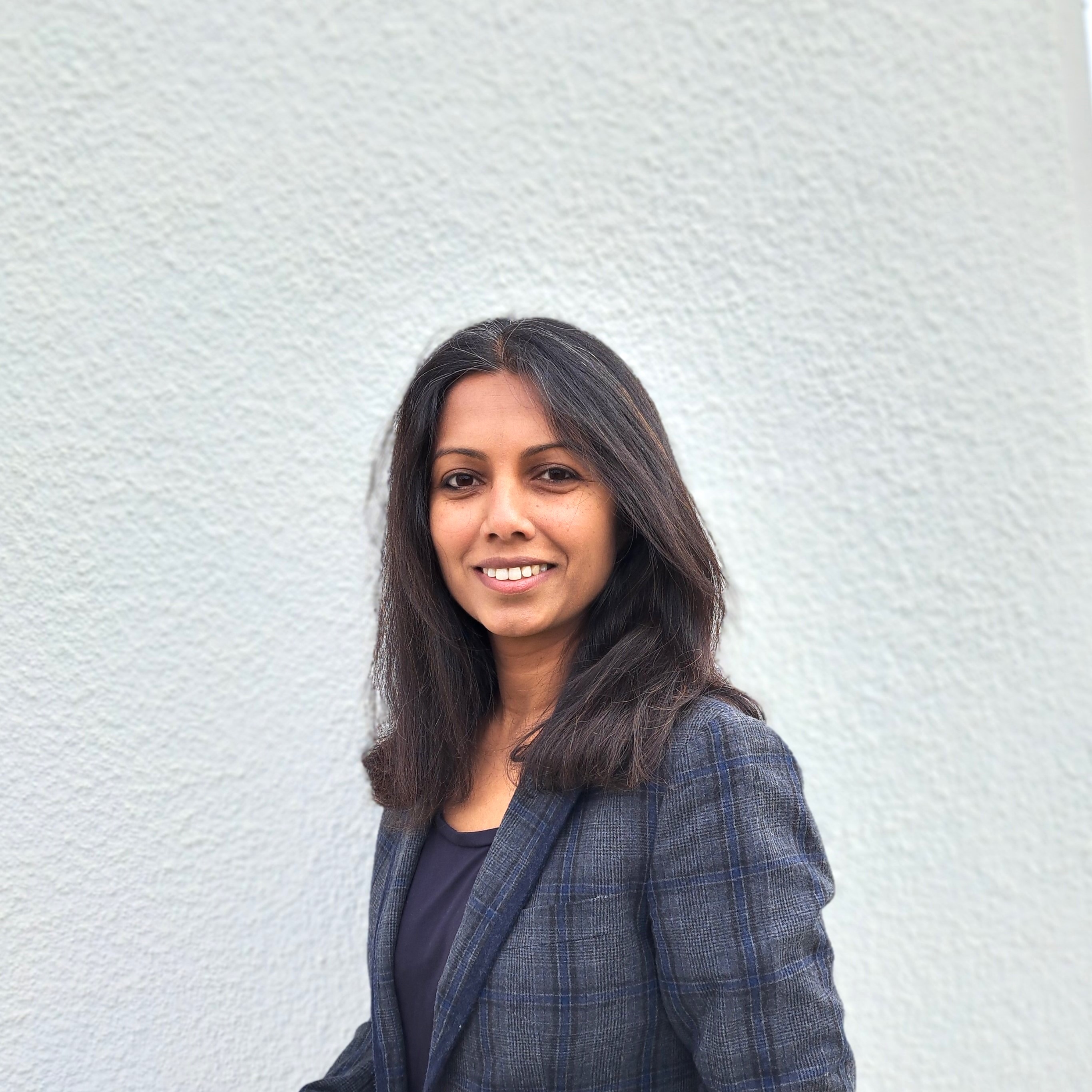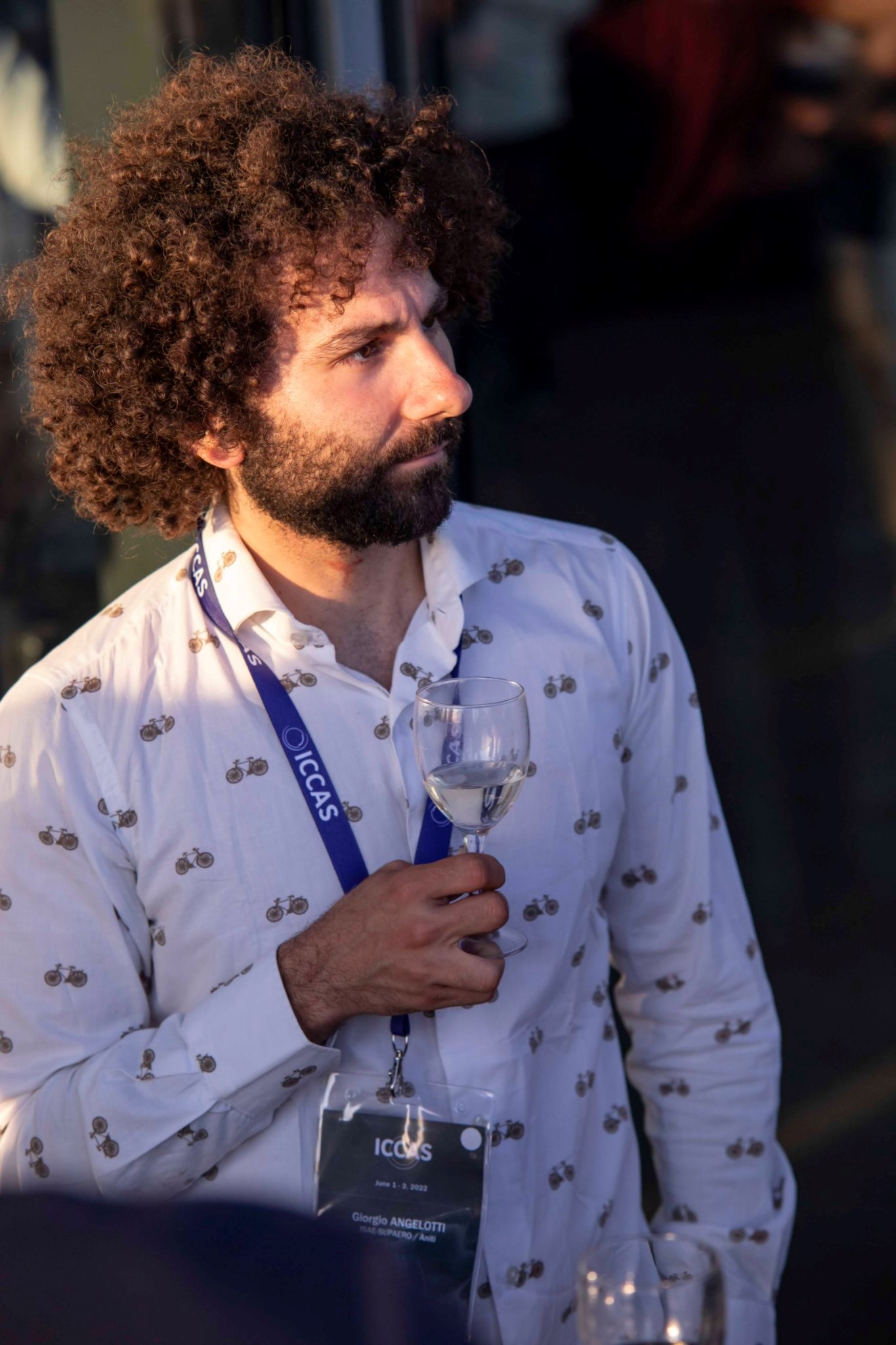
Elis Newham, Queen Mary University of London
Elis is an evolutionary biologist and bioengineer currently at the School of Engineering and Materials Science at Queen Mary University of London. He applies non-destructive X-radiation techniques to study histological features of tissues in living and fossil animals, most notably mammals, for resea...
Elis is an evolutionary biologist and bioengineer currently at the School of Engineering and Materials Science at Queen Mary University of London. He applies non-destructive X-radiation techniques to study histological features of tissues in living and fossil animals, most notably mammals, for researching macroevolutionary patterns in physiology and biomechanics. Elis has spent over a decade pioneering advanced methods for X-ray tomographic imaging of histological fabrics in hard and soft tissues, to research questions ranging from the evolution of major animal groups to their biomechanics, development and ageing. Most recently, he has identified the earliest origins of the mammalian endothermic (warm-blooded) metabolism as part of his Alexander von Humboldt Research Fellowship (University of Bonn), and established the multimodal TomoSAXS X-ray analysis technique for cross-calibrating tomographic and small angle X-ray scattering data in collagenous tissues. Elis’s work is revealing unprecedented data of animal life history and evolution through applying non-destructive X-ray analysis, offering tangible impacts for sciences ranging from evolutionary biology to developmental biology and biomedical science.



